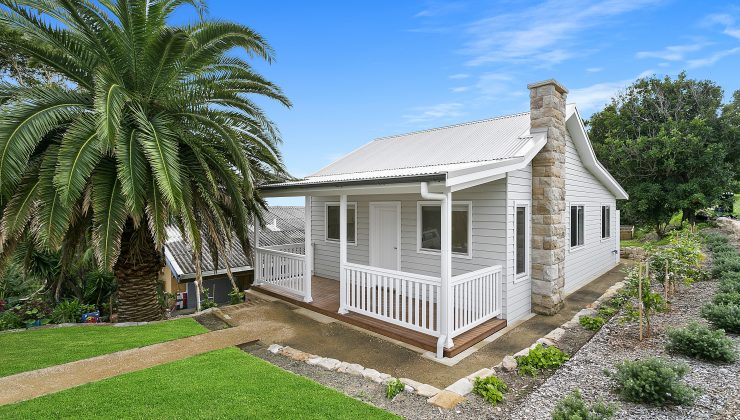
Granny flats, also known as accessory dwelling units (ADUs), are becoming increasingly popular as a way to provide additional housing options on a property. Whether you are looking to accommodate an aging parent, create a rental income stream, or simply add more living space, building a custom granny flat can be a great investment. However, the process of building a granny flat can be complex and overwhelming if you are not prepared. In this guide, we will walk you through everything you need to know about building custom granny flats, from conceptualization to construction. If you are looking for custom granny flats, then you may explore this link.
Conceptualization
1. Determine Your Purpose
- Decide if the granny flat will be used as a living space for a family member, a rental unit, an office space, or a combination of uses.
- Consider the long-term goals for the granny flat to ensure that the design meets your needs now and in the future.
2. Establish a Budget
- Research the costs associated with building a granny flat, including permits, construction materials, and labor.
- Set a realistic budget to ensure that you can afford the project without compromising on quality.
3. Design the Layout
- Work with an architect or designer to create a floor plan that maximizes the available space and fits your requirements.
- Consider the amenities you want to include, such as a kitchenette, bathroom, and separate entrance.
Planning and Permits
1. Check Local Regulations
- Research the zoning laws and building codes in your area to determine if granny flats are allowed on your property.
- Obtain any necessary permits and approvals before starting the construction process.
2. Hire Professionals
- Consult with a contractor, architect, or designer to help you navigate the planning and permitting process.
- Work with professionals who have experience building granny flats to ensure that the project meets all regulatory requirements.
3. Create a Construction Timeline
- Develop a timeline that outlines the different stages of the construction process, from site preparation to final inspections.
- Set realistic deadlines for each phase of the project to keep it on track and within budget.
Construction
1. Site Preparation
- Clear the construction site of any debris or obstacles that may impede the building process.
- Ensure that the site is level and properly graded to support the foundation of the granny flat.
2. Foundation and Framing
- Pour the foundation for the granny flat, ensuring that it is strong and stable to support the structure.
- Frame the walls, floors, and roof of the granny flat according to the approved design plans.
3. Plumbing, Electrical, and Insulation
- Install plumbing and electrical systems according to building codes and safety standards.
- Insulate the walls, floors, and roof of the granny flat to regulate temperature and reduce energy costs.
4. Finishing Touches
- Add finishing touches, such as flooring, paint, fixtures, and appliances, to complete the interior of the granny flat.
- Landscaping the surrounding area to enhance the curb appeal of the granny flat and create a welcoming outdoor space.
Final Inspections and Occupancy
1. Schedule Inspections
- Arrange for final inspections with the local building department to ensure that the granny flat meets all safety and code requirements.
- Address any deficiencies noted during the inspections to obtain a certificate of occupancy.
2. Move-In
- Once the granny flat has passed all inspections and received the necessary approvals, you can begin moving in furniture and personal belongings.
- Enjoy your new custom granny flat and the additional living space or rental income it provides.
Building a custom granny flat can be a rewarding experience that adds value to your property and improves your quality of life. By following the steps outlined in this guide, you can navigate the process from concept to construction with confidence and create a space that meets your specific needs and preferences.